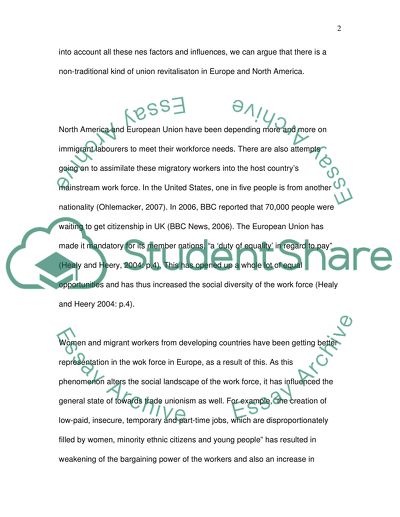Cite this document
(“Is There a Union Revitalisation in Europe and North America Essay”, n.d.)
Is There a Union Revitalisation in Europe and North America Essay. Retrieved from https://studentshare.org/politics/1415633-employment-relations-essay
Is There a Union Revitalisation in Europe and North America Essay. Retrieved from https://studentshare.org/politics/1415633-employment-relations-essay
(Is There a Union Revitalisation in Europe and North America Essay)
Is There a Union Revitalisation in Europe and North America Essay. https://studentshare.org/politics/1415633-employment-relations-essay.
Is There a Union Revitalisation in Europe and North America Essay. https://studentshare.org/politics/1415633-employment-relations-essay.
“Is There a Union Revitalisation in Europe and North America Essay”, n.d. https://studentshare.org/politics/1415633-employment-relations-essay.


